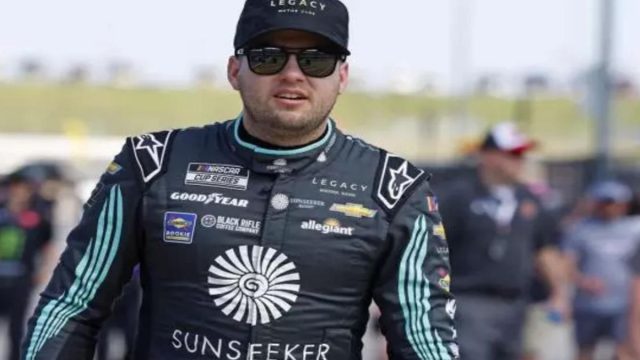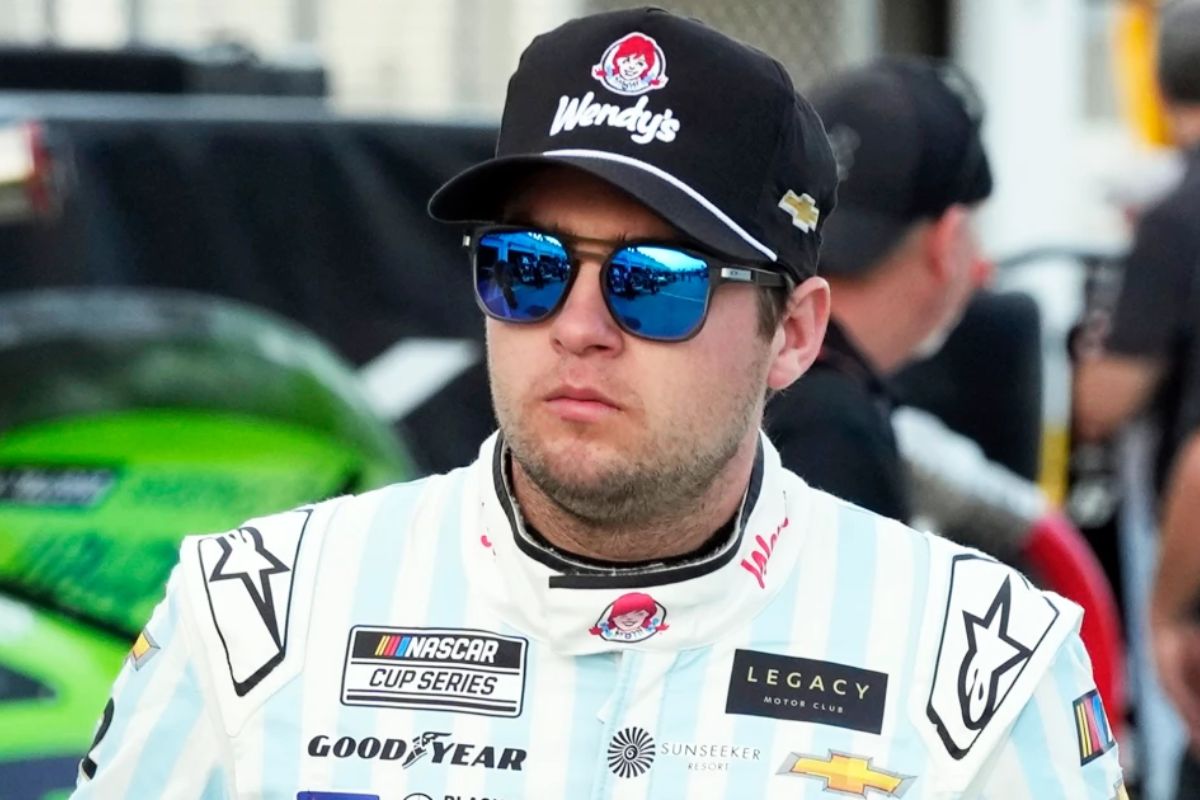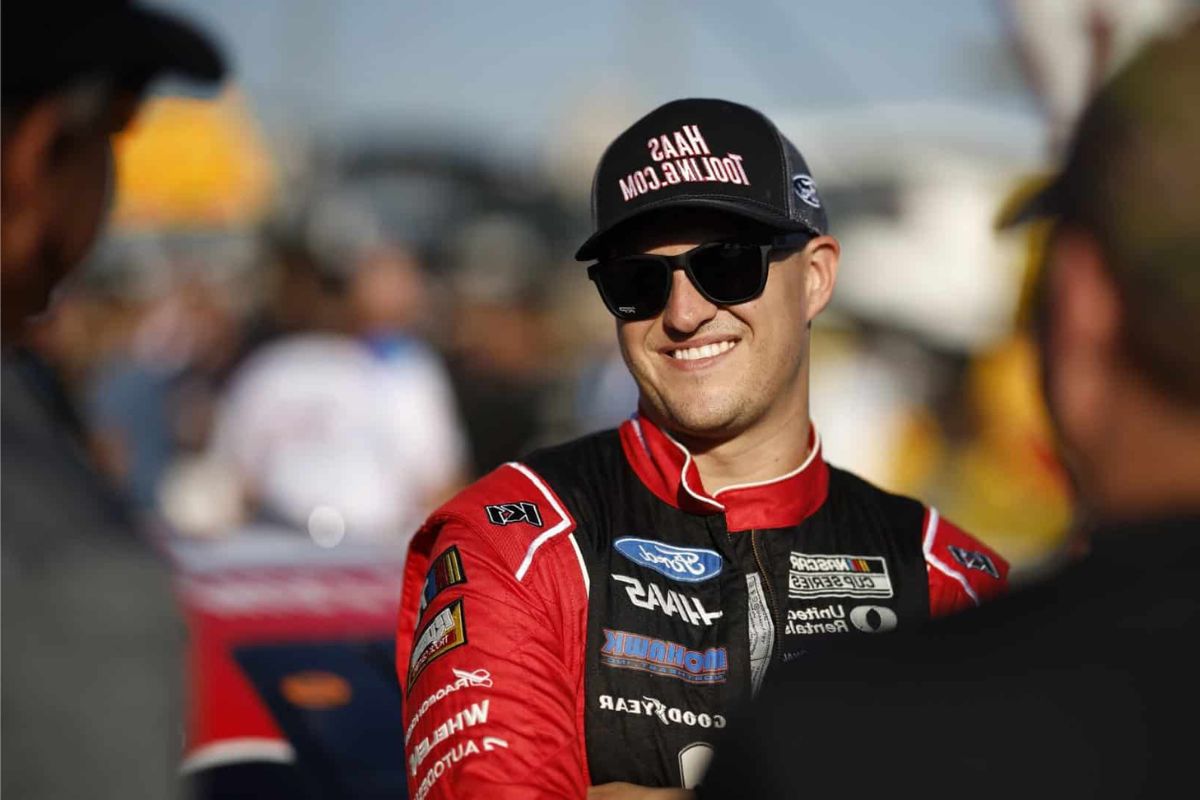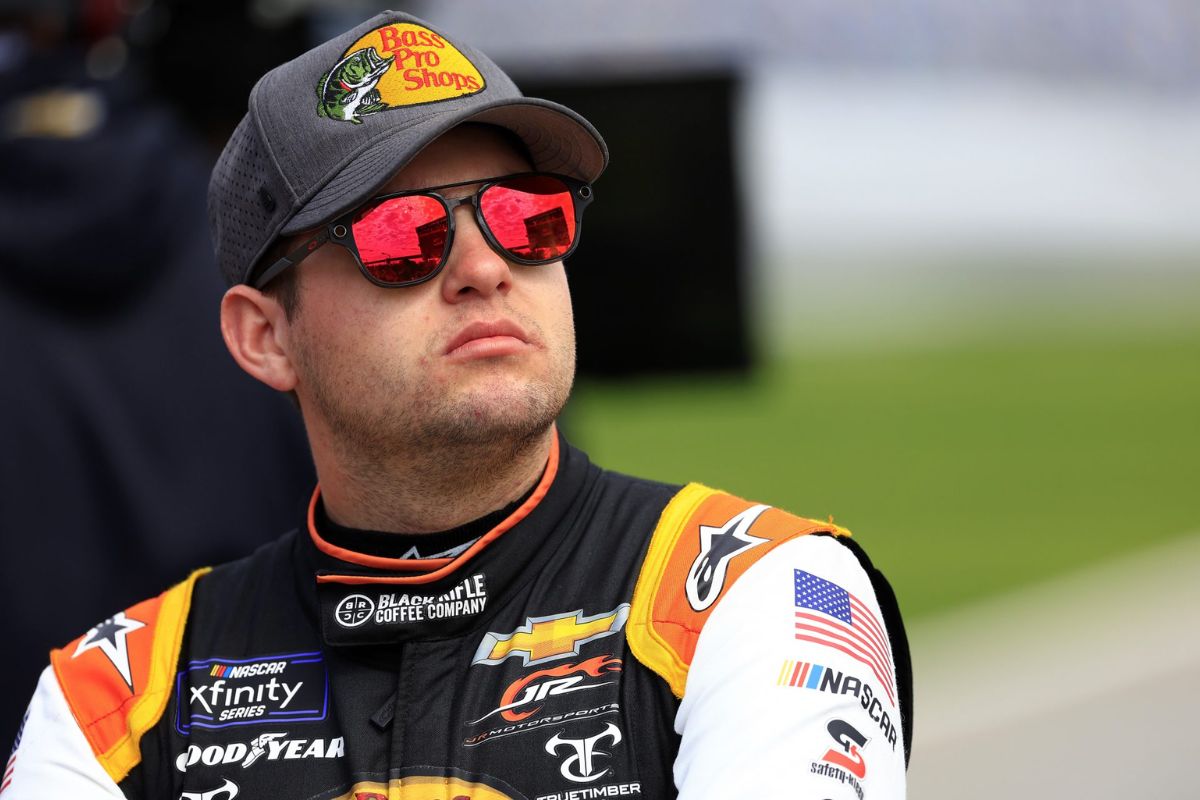Noah Gragson’s Hidden Agenda Exposed: The recent disclosures about Noah Gragson‘s hidden agenda in the NASCAR circuits have sparked a significant buzz within the motorsports community. An insider’s exposure points to Gragson employing unusual strategic tactics, apparently to redefine competitive norms and influence the future trajectory of NASCAR racing. These strategies, which mix boldness with meticulous planning, suggest a deeper, possibly game-changing approach. As the racing world looks on, the implications of these tactics on Gragson’s career and on the sport itself are yet to fully unfold, prompting a reevaluation of what drives success on the racetrack.
Key Takeaways
- Noah Gragson’s hidden agenda involves aggressive racing tactics aimed at shaking up traditional strategies.
- Gragson’s approach is characterized by taking calculated risks on the track.
- The racer’s strategy is to capitalize on opportunities that others might view as too risky.
- Gragson’s behavior is part of a broader plan to establish a new precedent in NASCAR racing.
- This agenda is closely monitored by insiders and could redefine his career trajectory.
Toby Christie’s Twitter Thread Sparks Controversy
A tweet by NASCAR journalist Toby Christie revealing that Ryan Preece was excluded from a study group involving fellow Stewart-Haas Racing drivers Noah Gragson, Chase Briscoe, and Josh Berry has ignited significant controversy on social media. This disclosure has not only spotlighted the internal dynamics within one of NASCAR’s prominent racing teams but also raised questions about the implications of such exclusions in high-stakes, team-oriented sports environments.
The study group, as indicated by Toby Christie, was apparently formed to improve performance and strategy among the participating drivers. The exclusion of Preece, however, suggests a potential rift or strategic misalignment within the team. Such a scenario could have multifaceted consequences, not just for the interpersonal relationships among the drivers, but also for their collective and individual performances in races.
The three Stewart-Haas drivers in the study group will all start from 17th or better, with two of them making it to the final round of qualifying. Ryan Preece, the one not part of the study group, will start 32nd on Sunday at Kansas.
— Toby Christie (@Toby_Christie) May 4, 2024
Moreover, the public disclosure of this exclusion through social media adds complexity. It subjects the team to public scrutiny and potentially fans’ polarization, which could impact team morale and fan support. The role of a journalist in this context is significant and raises ethical considerations about reporting on internal team affairs that could potentially disrupt team harmony and affect the athletes’ mental focus.
Ryan Preece Responds
Responding to Toby Christie’s tweet, Ryan Preece expressed his surprise and disappointment at being unaware of the study group formed by his teammates. Preece’s reaction not only highlights a potentially significant oversight in team communication but also emphasizes a deeper issue within the dynamics of NASCAR teams. His public response, while measured, hinted at an undercurrent of exclusion, which could impact team morale and performance.
Study group that I wasn’t aware of 🤷🏻♂️
— Ryan Preece (@RyanPreece_) May 4, 2024
Moreover, Preece’s response has stirred a broader discussion among NASCAR enthusiasts and experts about the culture of communication in racing teams. It serves as a case study for the necessity of fostering an environment where all team members are informed and involved in collaborative efforts. The incident could prompt teams to reevaluate their communication strategies to guarantee inclusivity and to prevent similar situations in the future.
Spotters Weigh In
Freddie Kraft and TJ Majors, seasoned NASCAR spotters, recently shared their insights into the ongoing controversy regarding the internal study group. Kraft suggested that the extent of the controversy might be exaggerated, proposing that the issue has been amplified possibly due to the sensitive nature of the discussions within NASCAR circles. He pointed out that while the rumors of a charter sale by Stewart-Haas Racing and the middling performances from some drivers in Tony Stewart’s lineup have stirred the pot, the core issue might still be fundamentally about communication breakdowns within teams.
“This whole topic is very strange. But then, if you’re Preece and this tweet is kind of out there making you look bad. You respond to it… So now you’ve drawn more attention, which I guess you’re trying to defend yourself by saying you weren’t invited to it. But it’s just, I don’t know, it’s not a good look, in my opinion…” – (Kraft)
TJ Majors, on the other hand, approached the topic from a more tactical angle. He emphasized the importance of clear and transparent communication in NASCAR racing. Majors argued that any internal conflicts, if left unresolved, could detrimentally affect team dynamics and performance. He highlighted how spotters, like himself and Kraft, rely on unimpeded information flow to make critical real-time decisions during races.
“I don’t know, man. I don’t feel like this meeting is the make-it or break-it for the weekend.” – (Majors)
Kraft noticed something else stirring up in the NASCAR garage. There’s talk swirling around about Stewart-Haas Racing maybe selling a charter, and some folks are getting pretty worked up about it. Moreover, there’s also lackluster performances from the drivers of Tony Stewart’s team.
Kraft pointed to past interviews with Chase Briscoe, who’s kind of become the team’s wise old sage since Kevin Harvick retired last year. Apparently, Briscoe’s been trying to soothe any tensions within the team. He’s also been addressing the controversy stirred up by Noah Gragson’s earlier remarks, given the circumstances he’s in right now.
Contextualizing Noah Gragson’s Situation
Noah Gragson’s recent strategic gambles in NASCAR racing can be seen as a bold tactic showed by his recent surge in performance and a perceived lack of consequences. This bold approach, as noted by Joel Edmonds, reflects a racer rejuvenated by success and liberated by a scenario where the stakes appear minimal. As Gragson navigates through the tracks with a seemingly carefree attitude, the underlying strategy is deeply rooted in psychological warfare and calculated risk.
“Noah’s got nothing to lose.” – (Edmonds)
Kraft’s analysis further elucidates that Gragson might be playing with ‘house money,’ a metaphor indicating that he is racing on profits in relation to reputation and points—rather than principal. This positions him uniquely within the racing community, where his actions can be more aggressive, potentially leading to inventive or unconventional racing techniques. In such an environment, Gragson’s actions are not just about winning races but also about setting a precedent and disrupting the status quo.
“Everybody says… and he’s playing with house money at this point because he’s coming back from the dead basically, you know.” – (Kraft)
This phase of his career is vital. It could define Gragson as either a maverick who reshapes the boundaries of professional racing or as a temporary thrill-seeker whose risks could potentially lead to diminishing returns. The balance between boldness and recklessness is thin, and Gragson’s navigation of this boundary will be crucial in solidifying his legacy in NASCAR.
Freddie Kraft brought up that same interview with Chase Briscoe. When the seasoned #14 driver was asked if Kevin Harvick’s retirement meant he was now the “leader” of the SHR team, Briscoe didn’t take the bait. He brushed off the idea, saying it didn’t matter that he had more years of experience than his teammates.
“I don’t know that this is why maybe this gets out there because some guys might be trying to make other guys look bad…” – (Kraft)
“I love Ryan Preece. He is a very good friend of mine and I don’t know if you know what they’ve got going on but he needs to step it up if he wants to have any shot at staying over there. Even if there’s four teams next year.” – (Kraft)
Ryan Preece’s On-Track Performance and Study Group Details
Amidst the unfolding controversies, Ryan Preece’s performance on the track has increasingly become a focal point for Stewart-Haas Racing, especially with the recent disclosures about the study group designed to improve his racing strategies. The initiative highlights SHR’s commitment to refining Preece’s capabilities, potentially transforming his career trajectory in the fiercely competitive NASCAR series. This strategic focus emphasizes the importance placed on data-driven decisions and tailored coaching to hone Preece’s on-track tactics.
Reports indicate that SHR has communicated explicitly to Preece the critical nature of his performance in upcoming races. This communication is not just advisory but serves as a clear directive that his tenure with the team could depend on observable improvements. The study group, therefore, is not a support mechanism but a fundamental component of his professional development plan within SHR. Through this group, Preece is expected to look into the analytical aspects of racing and the intricate dynamics of track strategies, which could be crucial in improving his competitiveness.
News in Brief: Noah Gragson’s Hidden Agenda Exposed
The disclosure of Noah Gragson’s strategic plan within NASCAR highlights a groundbreaking approach to racing that challenges traditional norms. Through meticulous planning and bold execution, Gragson is not only reshaping his trajectory but also influencing the dynamics of the sport itself.
Observers and participants must now adapt to this evolving landscape where strategic expertise is as critical as speed. Such developments promise to enrich NASCAR, fostering innovation and intense rivalry.
Our Reader’s Queries
Q. Who does Noah Gragson drive for in NASCAR?
A. Competing in NASCAR Cup Series, he races the No. 10 Ford Mustang Dark Horse for Stewart–Haas Racing. Additionally, he drives part-time in NASCAR Xfinity Series, ARCA Menards Series, and ARCA Menards Series West, piloting the No. 30 Ford for Rette Jones Racing.
Q. How did Noah Gragson get into racing?
A. Noah embarked on his racing journey at 13, steering a Bandolero, igniting his passion for racing. He swiftly transitioned to the INEX Legends Car Racing Series, clinching the 2014 Young Lion Road Course Championship at just 15.
ALSO READ: Noah Gragson’s Breakthrough Season at Stewart-Haas Racing



